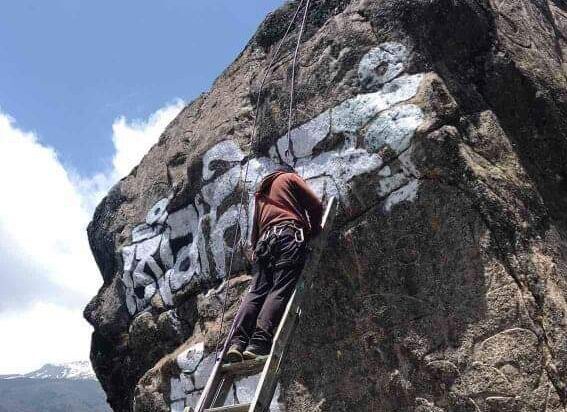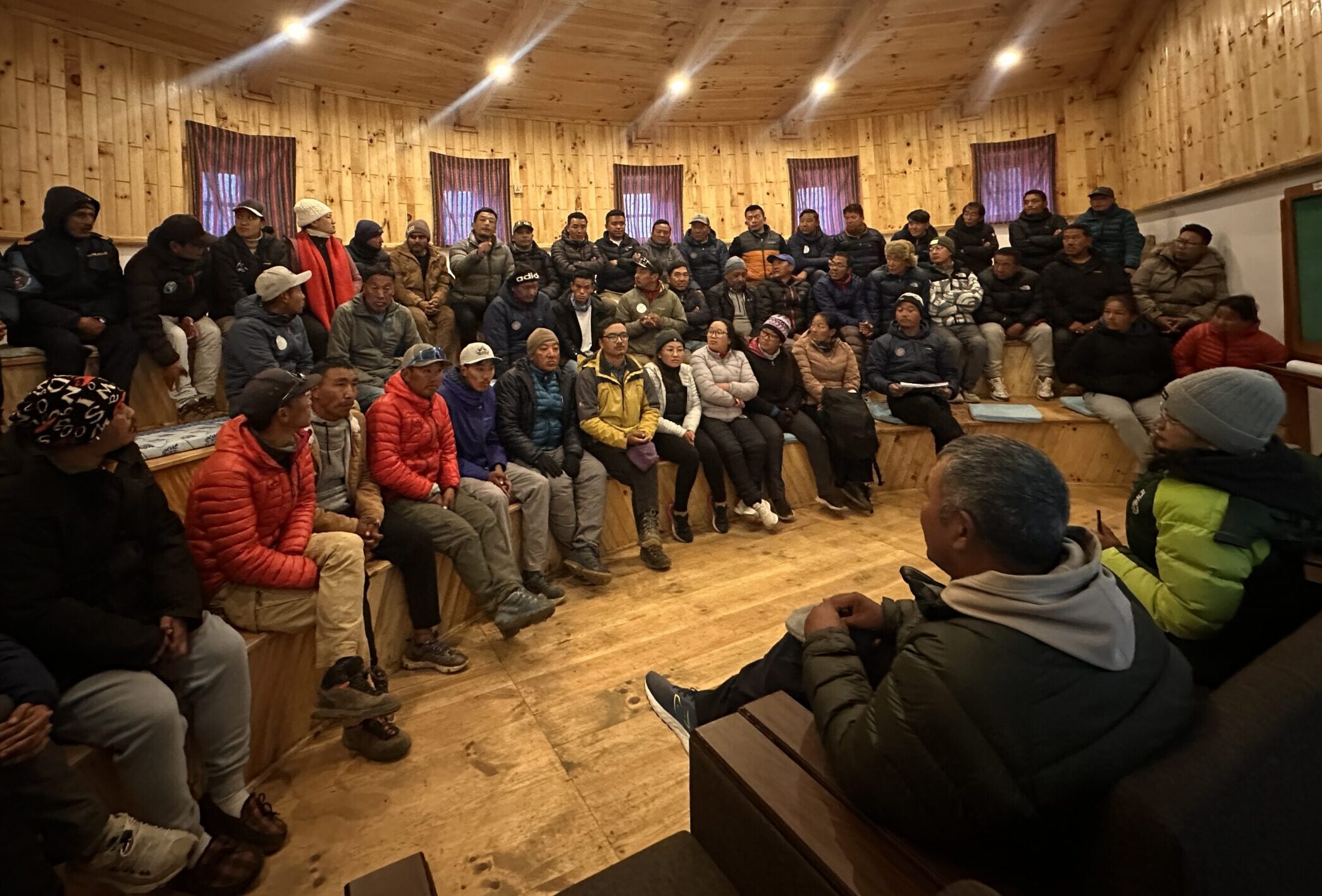
- Home
- Blog
- Uncategorized
- Nauje to Namche: The Evolution of a Himalayan Town
Nauje to Namche: The Evolution of a Himalayan Town

Nauje to Namche: The Evolution of a Himalayan Town
Namche Bazar, locally known as Nauje, is often referred to as the gateway to the Khumbu region—the land of Mount Everest. Nestled in a natural amphitheater surrounded by towering peaks, this small mountain town serves as both a trading hub and a popular acclimatization stop for trekkers heading toward Everest and other trekking routes in the region.
Around six centuries ago, the ancestors of the Sherpa people migrated to the Khumbu region, settling in fertile areas such as Thame, Khumjung, and Pangboche. At that time, present-day Namche was a densely forested basin known as Nak-che, meaning “black forest”—a name that reflected the lush, dark woodland that once covered the area.
In earlier times, many Sherpa families engaged in trade, bartering yak cheese, butter, and salt from Tibet for grains and vegetables grown at lower altitudes. Namche became a natural storage and trading point thanks to its central location and reliable water source.
By the 1800s, Sherpas began traveling to Darjeeling in search of work. In 1907, Sherpas were first hired for mountaineering expeditions, quickly earning a reputation for their resilience and skill at high altitudes and rugged terrain. This legacy was cemented in 1953, when Tenzing Norgay and Sir Edmund Hillary made the first successful ascent of Everest. Since then, Sherpas have become globally recognized for their mountaineering expertise.
With the rise of tourism in the region, many Sherpas shifted from trade to trekking and hospitality, significantly improving their livelihoods. However, those without ties to tourism still face economic challenges, especially as prices for basic goods continue to rise.
Originally, only Sherpa families lived in the high, cold valleys of Khumbu. As the population grew, the need for tools and crafts brought a family of blacksmiths to settle in Namche, where they’ve lived for seven generations, producing tools and ritual items for homes and monasteries. Over time, people from ethnic communities south of Khumbu also moved to Namche to work in trekking lodges and hotels—some of whom now run their own small businesses.
Since the 1950s, the Nepalese government has stationed civil servants and police officers in Namche, most of whom come from other regions of the country. Today, Namche hosts several key institutions, including government offices, a police checkpoint, an army barrack, a library, dental clinic, hospitals, banks, and the headquarters of Sagarmatha National Park.
While migration to Kathmandu or abroad is common in some villages, most Namche families have remained, thriving through the tourism economy. Many run hotels, lodges, cafes, bakeries, and well-stocked stores, offering trekkers not only comfort but also access to modern communication facilities. Namche is also home to religious sites and several museums that preserve and showcase Sherpa culture and history.
One of the town’s highlights is the vibrant weekly market held every Friday and Saturday. People from nearby villages gather to sell agricultural and dairy products, clothing, and consumer goods brought up from Kathmandu or lower parts of Khumbu. In addition to the market, Namche has several established shops offering branded apparel, woolen garments, and local handicrafts.
Phinjo Sherpa, Namche Bazar
- Share:



